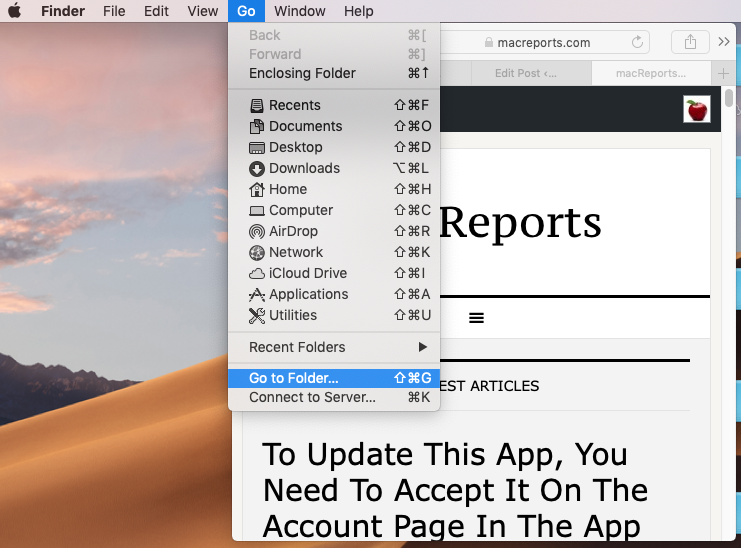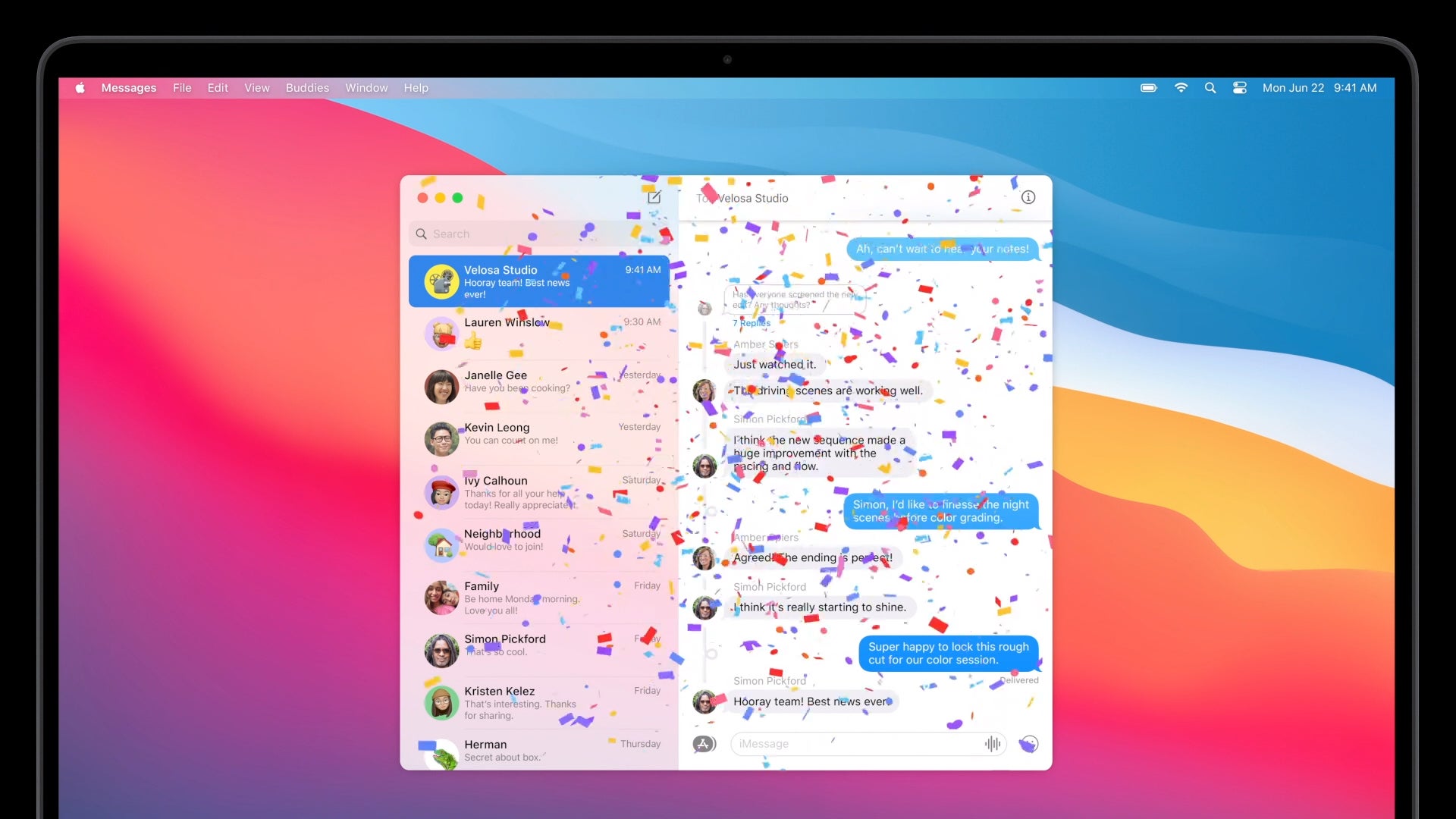Macos Catalina Google Chrome
Dec 07, 2020 To delete app info: Go Go to Folder enter /Library/Application Support/Google/Chrome right-click Move to Trash. This article explains how to uninstall Chrome on Mac and includes information about removing profile information, bookmarks, and browsing history on macOS Catalina, 10.15, macOS Mojave 10.14, macOS High Sierra 10.13, macOS. After updating to macOS Catalina 10.15 the Google Chrome closes automatically on start. The browser closes every time when I click Settings or try open any site. All extensions are disabled. The same problem happens with Opera. Only Mozilla Firefox and Safari work. Please help me with this problem! Feb 03, 2021 Chrome got unusable after the update D: My computer starts heating up and the chrome process goes up to 150200% Source. Now, Google Chrome hasn’t exactly been kind on the CPU on any machine be it Windows, macOS, or even Linux. The browser is notorious for being a resource-hog and causing overheating, lags, and battery drain issues. To delete app info: Go Go to Folder enter /Library/Application Support/Google/Chrome right-click Move to Trash. This article explains how to uninstall Chrome on Mac and includes information about removing profile information, bookmarks, and browsing history on macOS Catalina, 10.15, macOS Mojave 10.14, macOS High Sierra 10.13, macOS. Jun 15, 2020 A large number of people running macOS Catalina on their MacBooks are experience an annoying graphics issue while using Google Chrome. The problem is more rampant for people who have updated their 16-inch MacBook Pros to macOS Catalina 10.15.4.
- Macos Catalina Google Chrome Version
- Macos Catalina Google Chrome Extension
- Macos Catalina Google Chrome
- Macos Catalina Download For Windows
- Macos Catalina Google Chrome Crash
- Google Chrome For Macos Catalina
For years, Safari for the Mac offered no way to import passwords from Google Chrome. That alone made it pretty hard to make a complete switchover to Safari for long-time Chrome users. Of course, that meant running two instances of browsers and switching between them for work or leisure.
Well, you could add all the passwords from Chrome to Safari manually. But that's tedious, and a nightmare if you had hundreds of login details stored in Chrome.
Or you could've tried various workarounds that involved multiple browsers or sketchy-looking scripts while putting sensitive passwords at risk.
Thankfully, macOS Catalina 10.15.4 finally added the means to import Chrome passwords directly over to Safari. And it's super-easy to do that as well. Let's check out how.
Also on Guiding Tech
How to Change the iPhone Backup Location on Mac
Read MoreImport Chrome Passwords to Safari on Mac
If you haven't already, make sure to update your Mac to macOS Catalina version 10.15.4 or higher. Otherwise, you won't find the option to import Chrome passwords to Safari. To update your Mac, head over to Apple menu > System Preferences > Software Update. If a new update is available, install it.
Tip: To check the version of macOS installed on your Mac right now, go to Apple menu > About This Mac > Overview.Also, it's a good idea to open Chrome briefly for a few seconds, just to give the browser sufficient time to sync any login details from your Google Account. This will ensure that you have the most up-to-date password data downloaded locally to import to Safari.
Macos Catalina Google Chrome Version
Remember to exit Chrome completely (Chrome > Quit Google Chrome) afterward. If you don't do that, Safari will fail to import your passwords.
Are you all done? Then here are the steps that you must go through to import your Chrome passwords to Safari on the Mac.
Step 1: Open Safari. Click File on the menu bar, point to Import From, and then click Google Chrome.
Step 2: Check the box next to Passwords. You can also check the boxes next to Bookmarks and History if you want to import these additional forms of data from Chrome to Safari. Once you are done, click Import.
Note: You will only see the Passwords checkbox if your Mac runs on macOS Catalina 10.15.4 or higher.
You will only see the Passwords checkbox if your Mac runs on macOS Catalina 10.15.4 or higher.Step 3: Insert the 'login' keychain password (usually the same password as your Mac user account) into the pop-up window. Click Allow to continue.
Step 4: Insert the 'login' keychain password again into the 'Safari wants to access key …' box. Click Allow.
Safari will then import your Chrome passwords, but you won't see any visual prompts or notifications as confirmation.
To check if your passwords were imported successfully, go to Safari > Preferences > Passwords. Insert your user account passcode when prompted, and you will see a list of passwords. Login details that you imported from Chrome should be merged with any previous Safari passwords.
Alternatively, try to log into a site whose login details were saved via Chrome originally. If passwords are imported without issues, Safari will prompt you to autofill the information.
Also on Guiding Tech
#safari
Click here to see our safari articles pageMacos Catalina Google Chrome Extension
Tip - Sync Your Safari Passwords to iPhone/iPad

After importing your Chrome passwords to Safari, they will sync over seamlessly to your iPhone and iPad courtesy of iCloud Keychain.
Macos Catalina Google Chrome
Head over to iPhone/iPad Settings > Passwords & Accounts > Website & App Passwords to view them. And if you have AutoFill Passwords enabled, the passwords will autofill in Safari.
Since Safari on the iPhone and iPad has no means to copy over passwords from Chrome, importing them on a Mac instead and getting them to sync via iCloud Keychain is an ideal workaround.
In case your passwords don't sync to your iPhone or iPad, you must make sure that iCloud Keychain is enabled on your Mac and iPhone/iPad. Here's how to do that.
Step 1: On the Mac, go to Apple menu > System Preferences > iCloud. Select iCloud, and then check the box next to Keychain.
Step 2: On the iPhone and iPad, go to Settings > Apple ID > iCloud > Keychain. Turn on the switch next to iCloud Keychain.
With iCloud Keychain enabled, your passwords should sync from your Mac to your iPhone or iPad. Don't forget to go to iPhone/iPad Settings > Passwords & Accounts > Website & App Passwords to confirm. If you still encounter any sync issues, check out this troubleshooting guide.
Also on Guiding Tech
How to Get Dark Mode Everywhere in Safari for Mac
Read MoreOpen Borders
Safari may not be the best browser for everyone on the Mac. Chrome is actually a superior alternative with huge extension support and massive cross-platform availability. But there's no denying the fact that Safari offers the tightest integration with macOS and the rest of the Apple ecosystem. Hence, having the option to import your Chrome passwords will finally make the job of switching to Safari all that much easier.
So, did you manage to import your Chrome passwords to Safari without issues? Do drop in a comment and let us know.
Next up:Safari now supports content blockers. Read the article from the next link to find out what Safari content blockers are and whether you should use them.
The above article may contain affiliate links which help support Guiding Tech. However, it does not affect our editorial integrity. The content remains unbiased and authentic.
Read Next
How to Import Chrome Bookmarks and Passwords to Firefox
Looking to switch from
A large number of people running macOS Catalina on their MacBooks are experience an annoying graphics issue while using Google Chrome. The problem is more rampant for people who have updated their 16-inch MacBook Pros to macOS Catalina 10.15.4. While users have flooded Apple and Google’s support forums with complaints, the two companies are busy blaming each other.
Google Chrome Graphics Issue: Who is going to fix it?
Google has confirmed to PiunikaWeb that it was aware of the graphics issue haunting the Chrome browser on MacBooks. The glitch causes websites to refuse to render. As a result, the users see a flood of horizontal blue lines on the screen. This is what a user shared in the Google support forum.
Some of the affected users said the issue surfaces when the laptop wakes up from sleep. Others experienced it after running their laptops overnight.
Macos Catalina Download For Windows
Google engineers said in the support forum that Apple was aware of the issue and was working on it. The problem was with Apple and macOS Catalina. Even Apple told PiunikaWeb that it was working to resolve the issue, and users could expect a fix soon.
In an unexpected turn of events, Apple told Forbes it was not aware of any such issue affecting Google Chrome on MacBooks. The Cupertino company does “not have anything to contribute.” Google has already blamed Apple for the issue. Irrespective of the blame, what is causing the problem and who is going to fix it? Only time will tell. For now, the only thing we can say for sure is that a lot of people are frustrated.
Users find a workaround
The 16-inch MacBook Pro has some GPU issues. Some affected users started digging and discovered that turning off GPU Hardware Acceleration in Google Chrome settings could fix the issue, at least on the 16-inch MacBook Pro. This is just a temporary fix, though. And it could negatively affect the performance.
Macos Catalina Google Chrome Crash
To disable GPU Hardware Acceleration, open the Chrome browser and paste “chrome://settings/system” in the browser. Then toggle off “Use hardware acceleration when available.” It should resolve the issue for now.
Google Chrome For Macos Catalina
This is not the first time we are witnessing an issue with Google Chrome. In the last few months, users have complained about Roblox issues, Facebook Live not working on Chrome, and many others.
